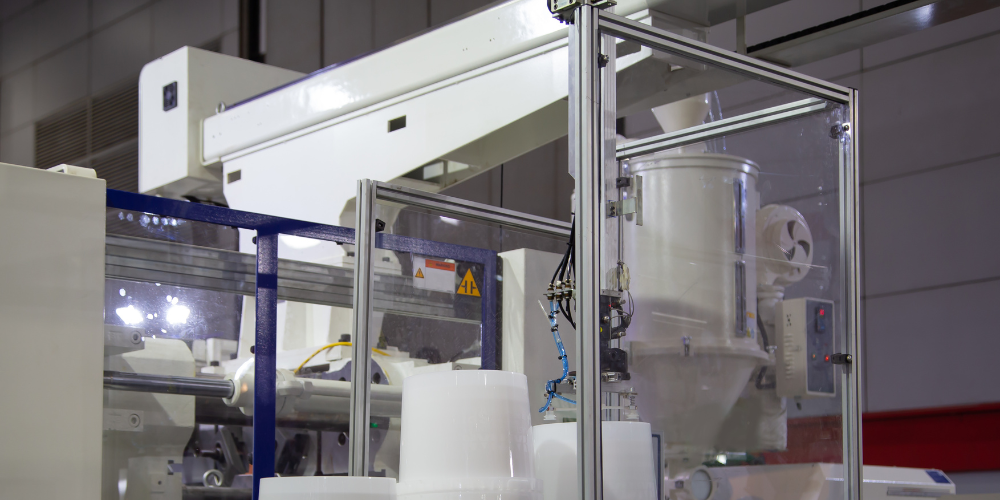A versatile process that can be used in a range of situations. The process involves injecting molten plastic into an existing mold, which results in higher-quality products and better tolerances than conventional injection molding. This article will explain how the RIM process works and why it's so useful for manufacturers.
This is a two-step process in which injection molding is combined with blow molding. It's used to create thermoplastic parts that have multiple components and are capable of being made in large quantities at low cost.
This article will explain the basics of reaction injection molding, how it works, what kinds of plastics can be used for RIM molds, and how you can get started using this exciting new technology.
How Does Reaction Injection Molding Work?
RIM is a method of manufacturing plastic parts in which the liquid polymer is forced into a mold cavity under high pressure, then cured by injecting heat or UV light. The hot-melt process is similar to injection blow molding; however, instead of using air pressure to inflate a hollow part like the bottlecap, RIM uses hydraulic pressure to inject molten material into an open cavity. The liquid flows under its own weight and forms an enclosed foam core which becomes rigid upon cooling.
The process begins with two halves of a tool that make up a hollow form being filled with resin pellets and placed together in order to create one piece called a “green” part. This allows for faster production than traditional machining processes because it eliminates the need for multiple parts made individually before assembly takes place later on downstream after fabrication has been completed successfully via a CNC milling machine or other common methods such as laser cutting/waterjet cutting etcetera
The Advantages of the RIM
Some reaction injection molding companies offer a number of advantages to manufacturers. First, it produces high-quality parts with fast cycle times, which reduces the overall cost of your part by reducing the amount that is wasted during the manufacturing process. RIM also provides smaller tooling costs because less material is used per part and there are fewer defects inherent in its design.
Second, RIM is a highly efficient process that requires less energy than other manufacturing methods. In fact, it often uses as little as 10% of the energy required to produce a similar part via injection molding. This is due in part to the lower operating pressures used in RIM and its ability to handle large volumes of material at once.
When Should You Use Reaction Injection Molding?
The right process will depend on the needs of your project. RIM is a versatile process that can be used to make a wide variety of products, including molds and tooling, parts for the automotive industry, medical devices, and even toys. RIM is ideal when you need high-quality parts with tight tolerances. Because it uses an epoxy resin system instead of plastic pellets or powder feedstock materials, RIM has the ability to produce complex mold cavities with great detail.
Because Reaction Injection Molding can be used for such a wide range of materials and applications - from low-cost plastic parts to metal injection molded components - it’s often a good option if you're exploring alternatives to traditional manufacturing processes like machining or casting.
Principles Of Reaction Injection Molding
RIM is a process of molding plastic parts by injecting a liquid resin into a mold. The resin is injected into the mold under high pressure, and then it sets and hardens in the mold. Once the plastic has hardened, the part can be removed from its finished state.
The following are some of the main advantages associated with this method:
RIM is a versatile molding process that is useful in many situations.
This is one of the most versatile plastic injection molding processes available. RIM is used to mold thermoplastic, thermoset, and elastomeric materials. This process can be applied in the automotive, aerospace, and medical industries.
Conclusion
We hope this article has given you a better understanding of what reaction injection molding is and how it works. The process is not only an excellent choice for certain products but it can also be used as a way to make improvements in other areas of your business. If you need help getting started with RIM, contact us today!

